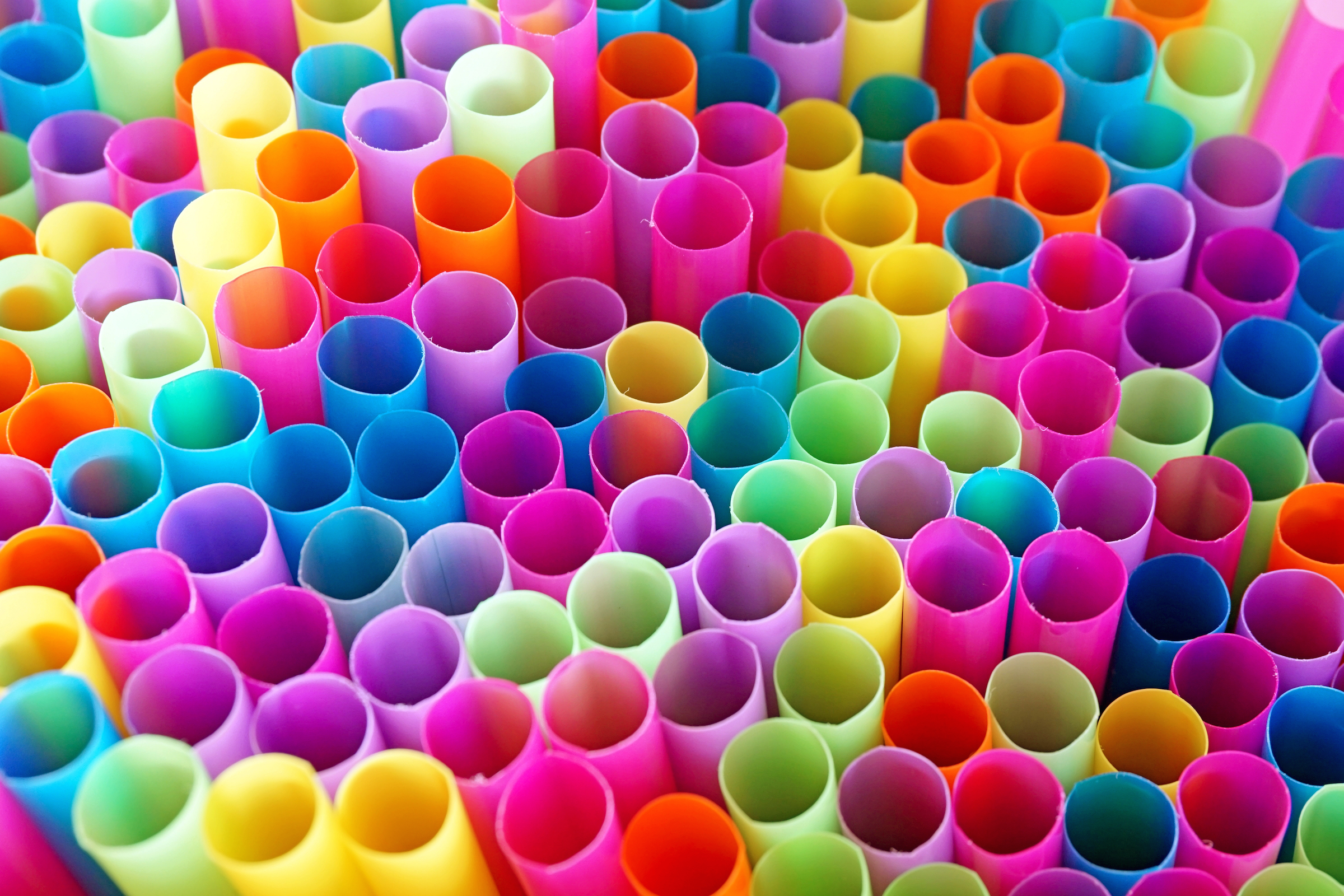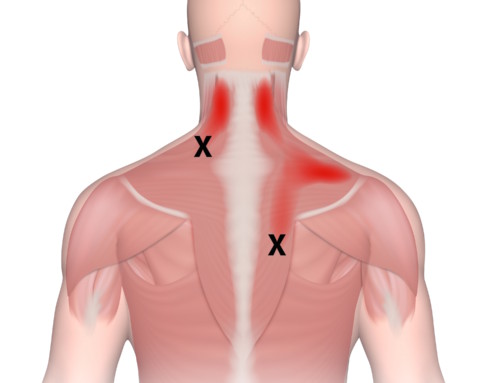Tending To Your Tendons: Part 2
Tendon injuries are debilitating yet common for endurance athletes. As I covered in my last post, they are often managed poorly. Whether your injury is acute or chronic (and especially if it is chronic) there are three things you need to be doing to restore full strength and function to the tendon. To adequately explain this, I will first touch on the basics of tendon anatomy, injury, and repair.
Mechanism of Injury


Healthy collagen fibers, like a bundle of straws, should be aligned in the same direction.
Damaged collagen fibers lose this structural integrity, making certain “stiff spots” in the tendon subject to higher strain and more prone to injury.
How Tendons Heal
- In the first 24-48 hours after acute injury there is an inflammatory phase in which immune cells flood the area in order to perform a number of functions like phagocytosis or cleaning up damaged collagen fibers.
- In the repair phase, new collagen is formed, and this lasts up to 6 weeks.
- The remodeling phase is characterized by the collagen becoming properly aligned and strong, and can take up to 12 weeks.(2)
If a tendon is continually overloaded and stressed during the healing phase, it will not heal properly and tendinosis may occur. Tendinosis is a chronic tendon injury characterized by degenerative and disordered repair. If you have an injured tendon, it needs relative rest. Besides rest, there is ALWAYS something you should be doing to facilitate the healing process:
1. BREAK UP THOSE ADHESIONS. Endurance sports place a lot of cumulative stress on the body, and the body is going to lay down scar tissue in an attempt to heal the area. There are a number of patented ways to break up adhesions and improve tissue mobility: Graston technique, Active Release Technique, ASTYM. In my office I use cupping and gua sha. You can also take matters into your own hands and do it yourself for free using a lacrosse ball, foam roller, or just your fingers. A combination of compression and active movement will literally pull apart the scar tissue. To do this, compress the tissue (i.e put your weight on a lacrosse ball under the tissue you want to work) and then take that muscle through it’s range of motion. It is important to break up the adhesions both in the injured tendon and in the fascial line that is overstressing the tendon in the first place.
2. REALIGN YOUR COLLAGEN FIBERS: Eccentric exercises (lengthening under contraction) generates a small piezoelectric current inside the tendon which stimulates the repair process IN THE RIGHT DIRECTION. Eccentric exercises have proven to be one of the most beneficial things you can do to regenerate healthy collagen (3)
3. GET SOME ELECTROACUPUNCTURE. There are a number of recent studies that point to the role of acupuncture in tendon healing. I see the immense benefit everyday in my own acupuncture practice, but here’s some research to back it up:
- Electroacupuncture increases the collagen fibril diameter and reorganization in a model of rat tendon healing.(4)
- Electroacupuncture increases the cell count and growth factor expression as well as tendon strength in a model of rat tendon healing.(5)
- Electrostimulation was more effective than laser or ultrasound therapy in increasing collagen repair.(6)
- Acupuncture needles immersed in a solution of collagen proteins and connected to a machine that regularly twisted them caused collagen to align linearly better than controls.(7)
- Electrostimulation contributed to collagen formation and reduced the amount of adhesions in healed tendon tissue.(8)
Acupuncture Is Particularly Effective In Promoting Tendon Healing For A Number Of Reasons:
- As the above studies demonstrate, electroacupuncture kickstarts a number of cellular processes that help tendons heal faster and stronger.
- Acupuncture is unique in the precision with which it can reach the site of injury.
- Acupuncture addresses the imbalances in entire fascial lines that are creating the injury in the first place.
If you are an endurance athlete, you have soft tissue adhesions. You need to be doing something about it. Your connective tissue simply can’t heal from the daily onslaught of unvaried movement without laying down some scar tissue. Supple, mobile tissues don’t get injured. Likewise, if you have an injury, rest alone is not sufficient to ensure that your tendon will heal properly. Take control of your overuse injuries. Take care of your tendons!
References:
- Dicharry, J. (2013). Anatomy for Runners: Unlocking Your Athletic Potential for Health, Speed, and Injury Prevention. Skyhorse Publishing, Inc..
- Kastner, M. (2014). The treatment of tendon pain with Traditional Chinese Medicine. J. Chinese Medicine, 106 (9) 5-11.
- Khan, K., & Cook, J. (2003). The painful nonruptured tendon: clinical aspects. Clinics in sports medicine, 22(4), 711-725.
- De Almeida, M. D. S., de Freitas, K. M., Oliveira, L. P., Vieira, C. P., Guerra, F. D. R., Dolder, M. A. H., & Pimentel, E. R. (2014). Acupuncture increases the diameter and reorganisation of collagen fibrils during rat tendon healing. Acupuncture in Medicine, acupmed-2014.
- Inoue, M., Nakajima, M., Oi, Y., Hojo, T., Itoi, M., & Kitakoji, H. (2014). The effect of electroacupuncture on tendon repair in a rat Achilles tendon rupture model. Acupuncture in Medicine, acupmed-2014.
- Araújo, R. C., Franciulli, P. M., Assis, R. O., Souza, R. R., & Mochizuki, L. (2007). Effects of laser, ultrasound and electrical stimulation on the repair of achilles tendon injuries in rats: a comparative study. Braz. J. Morphol. Sci, 24(3), 187-191.
- Julias, M., Edgar, L. T., Buettner, H. M., & Shreiber, D. I. (2008). An in vitro assay of collagen fiber alignment by acupuncture needle rotation. Biomedical engineering online, 7(1), 19.
- Khan, K., & Cook, J. (2003). The painful nonruptured tendon: clinical aspects. Clinics in sports medicine, 22(4), 711-725.
Click edit button to change this text.




